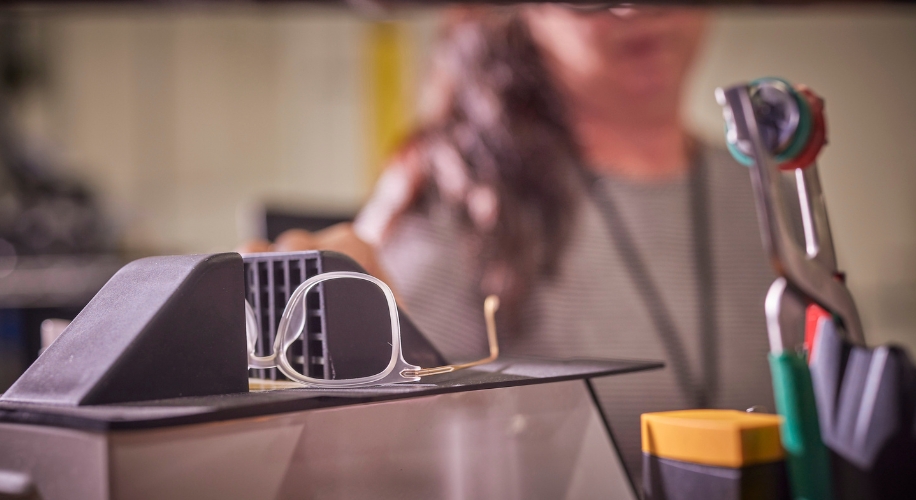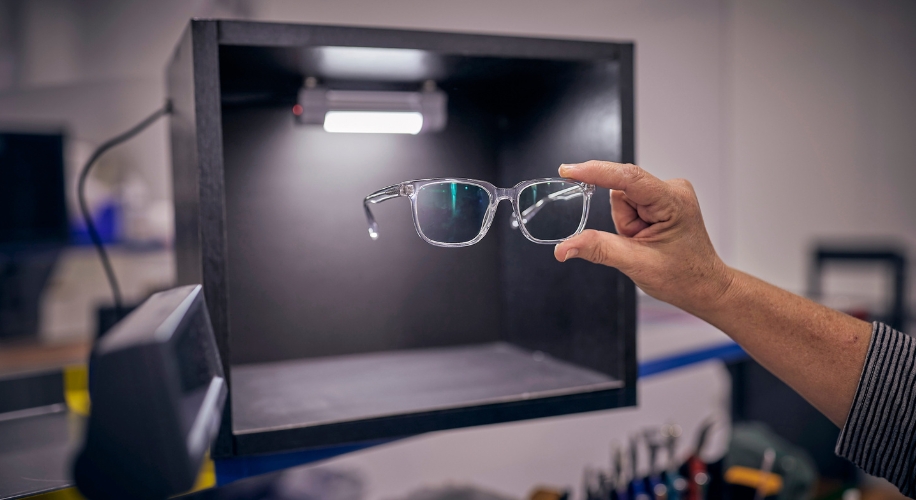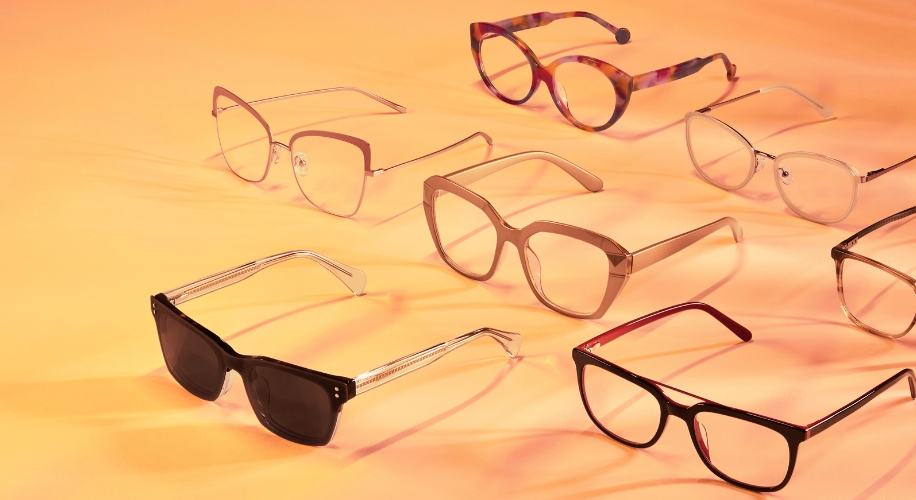Demystifying Diopters: An Insight into Vision Correction
- BY Dr. Steven Liem
- IN Glasses

When it comes to understanding your vision and eyewear prescriptions, you have undoubtedly come across the term ‘diopter’. But what exactly is a diopter? Let’s break it down in a straightforward and accessible manner.
Understanding Diopters: The Basics
A diopter, in simple terms, is the unit used to measure the optical power of a lens. It’s crucial in determining the degree of correction your vision needs. The higher the diopter, the stronger the lens, and consequently, the higher the level of correction.
Most commonly, you’ll see diopters come into play in the realm of eyeglasses and contact lens prescriptions. They indicate whether you’re nearsighted (myopia) or farsighted (hyperopia). A negative diopter value points to a myopic condition, meaning your vision is clear up close, but distant objects appear blurry. On the other hand, a positive diopter value indicates hyperopia, where you can see distant objects clearly, but struggle with close-up tasks like reading.
Picking the Right Diopter

Choosing the perfect pair of glasses involves more than just style and price – it’s about getting the right correction for your vision. Your eye care provider will determine your prescription, including diopters, through a comprehensive eye examination. This involves a series of tests to assess your vision and overall eye health.
- Eye Chart Test: Also known as a Snellen chart, this test measures your visual acuity or the sharpness of your vision. The results are expressed in fractions like 20/20, 20/40, or 20/200. They help to determine the diopter value for your eyeglass prescription.
- Refraction: In this test, an instrument called a phoropter is used. It contains different lenses of various strengths. As you look through each lens at an eye chart, your eye care provider will ask you which lens makes the chart clearer. The results of this test help to fine-tune your prescription to the correct diopter value.
Remember, it’s crucial to get regular eye exams to ensure your prescription stays up-to-date, as your vision can change over time.
Diopters in Eyewear Options
Once you understand your diopter value, you can begin to explore the wide variety of eyewear options available. Whether you prefer glasses or contact lenses, it’s important to choose a pair that matches your prescription.

Some individuals might require single vision lenses, which have the same diopter value throughout the entire lens. They are suitable for people who only need correction for one distance. If you struggle with multiple distances, multifocal lenses, such as progressive lenses, might be more suitable. These lenses have different diopter values in different sections of the lens to aid with near, intermediate, and far vision.
With a clear understanding of diopters, you’re now better equipped to comprehend your vision needs and eyewear prescriptions. Knowledge is empowering – it’s a crucial step towards making informed decisions about your eye health and eyewear options.

About the Author: Dr. Steven Liem, OD, FAAO
Dr. Steven Liem, O.D., F.A.A.O. is an optometrist based in Pasadena, California. After obtaining his doctorate from UC Berkeley’s School of Optometry, he completed his residency in Pediatrics, Vision Therapy & Rehabilitation and became a Fellow of the American Academy of Optometry. When he isn’t busy streaming or making Youtube videos about video games, Dr. Liem aims to broaden accessibility to vision health through his involvement in optometric industry and tech.